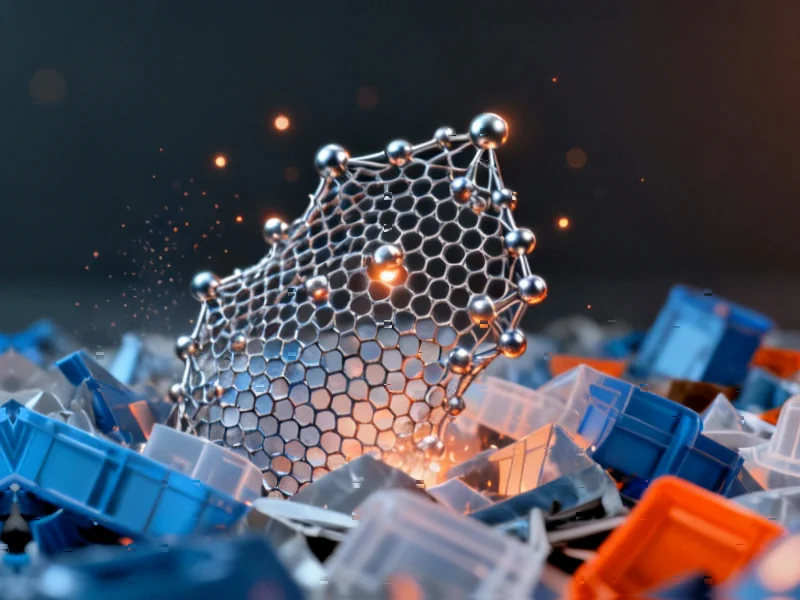Plastic Waste Transformed Into High-Performance Catalysts in Breakthrough Study
Researchers have demonstrated a scalable process to transform waste plastics into advanced carbon nanomaterials. The resulting single-atom catalysts show exceptional performance in environmental and energy applications, offering a dual solution to plastic pollution and materials scarcity.
In what could represent a major step forward for both waste management and advanced materials science, researchers have developed a method to convert common plastics into high-performance catalysts for clean energy and environmental applications. According to findings published in Nature Communications, the approach addresses two pressing challenges simultaneously: the growing plastic pollution crisis and the need for efficient, cost-effective catalytic materials.

